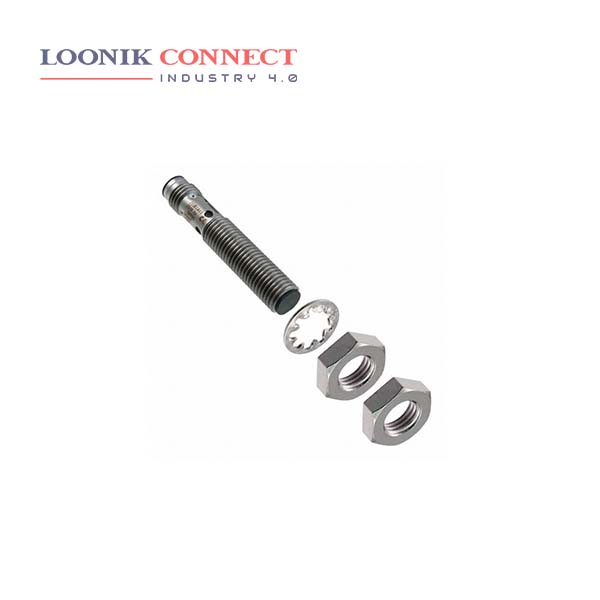A sensor is a device that detects and responds to some type of input from the physical environment. The input can be light, heat, motion, moisture, pressure or any number of other environmental phenomena. A sensor is a device that detects the change in the environment and responds to some output on the other system. A sensor converts a physical phenomenon into a measurable analog voltage (or sometimes a digital signal) converted into a human-readable display or transmitted for reading or further processing.
A sensor is a device that measures physical input from its environment and converts it into data that can be interpreted by either a human or a machine. Most sensors are electronic (the data is converted into electronic data), but some are more simple, such as a glass thermometer, which presents visual data. Important static characteristics of sensors include sensitivity, resolution, linearity, zero drift and full-scale drift, range, repeatability and reproducibility. Sensitivity is a measure of the change in output of the sensor relative to a unit change in the input the measured quantity.
Sensors are central to industrial applications being used for process control, monitoring, and safety. Sensors are also central to medicine being used for diagnostics, monitoring, critical care, and public health. Materials such as alumina, zirconia, and are some of the common materials used as sensing surfaces. They are widely used as temperature, pressure, oxygen, corrosion, and oil level sensors. Apart from these materials many ceramic materials and composites are used as sensing materials.










